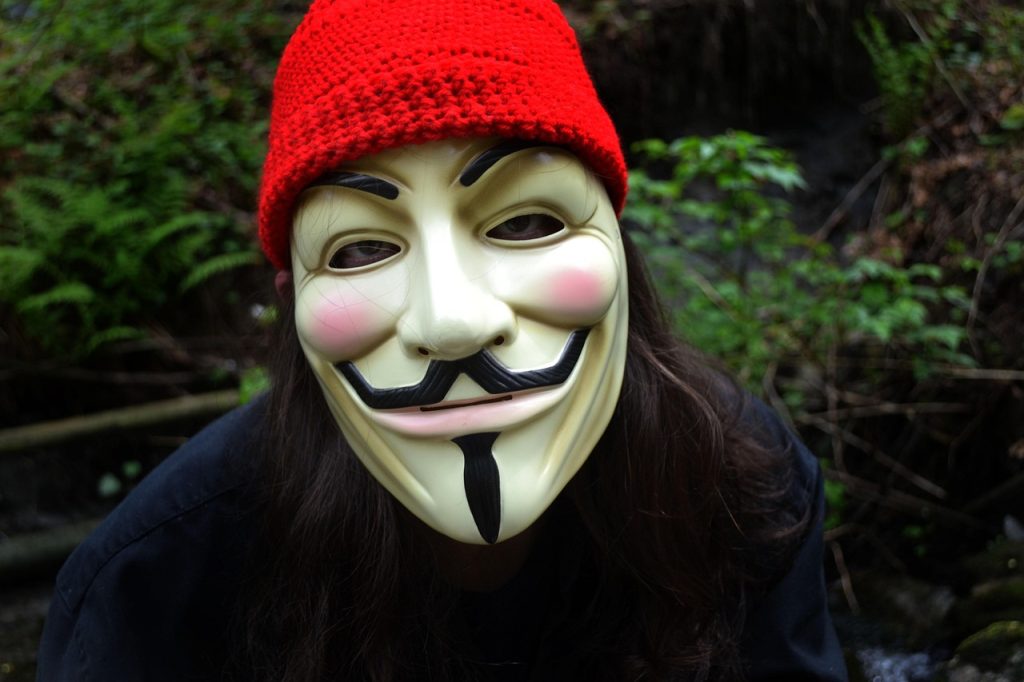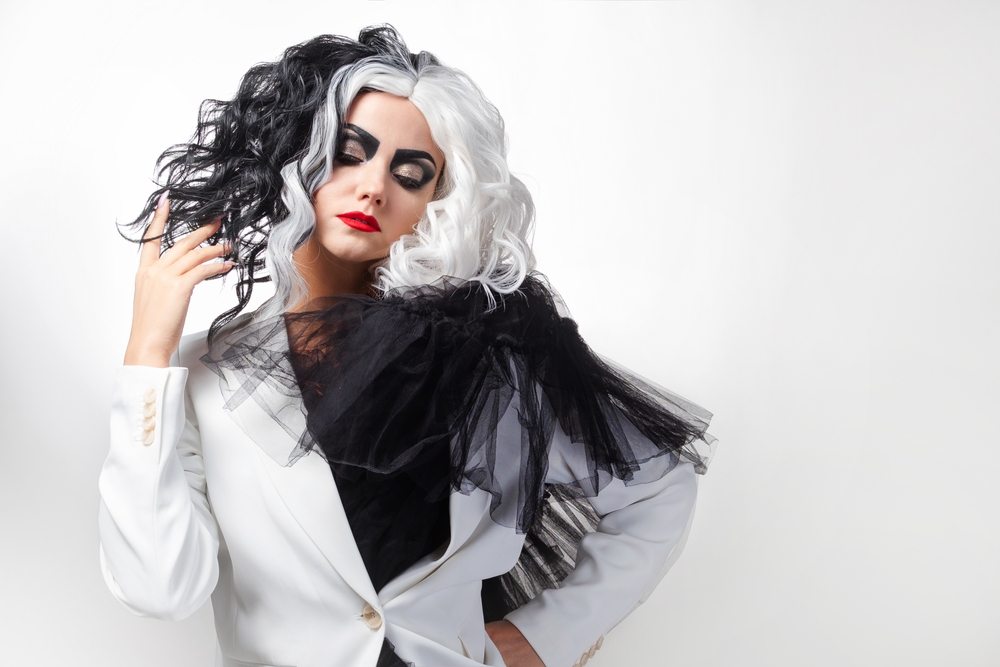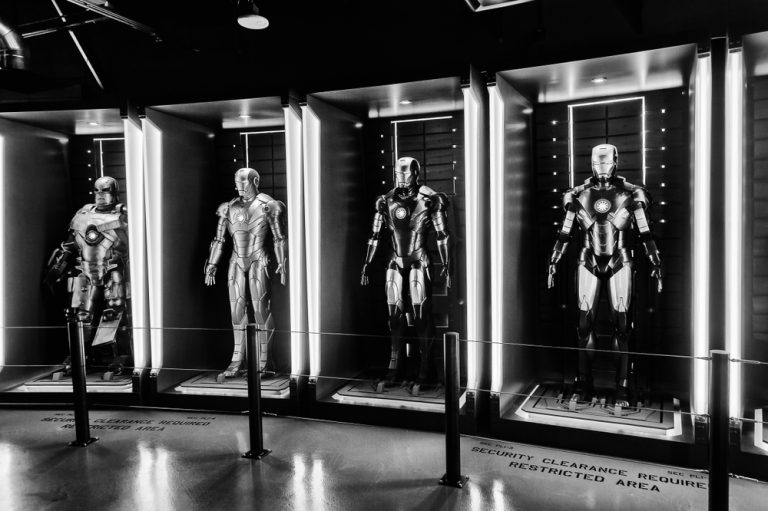Your brand doesn’t need a plot twist. It needs a villain
Because conflict is what makes your audience care
There’s something desperate in the way modern brands cling to the idea of “the twist”, as if surprise alone will save them.
Here’s the bait: The twist is overrated.
Here’s the catch: Most stories don’t survive without conflict.
And here’s the blood-letting truth: If no one’s opposing you, no one’s paying attention.
We don’t stay for surprise. We stay for the stakes. We stay to see what wins (and what dies trying).
So let’s start with this: Your brand doesn’t need to astonish us. It needs something to push against. Not for drama or theatre, but for clarity. Because clarity isn’t born from endless brainstorming. It’s born from friction.
If the villain is missing, your story feels flat
In every story that matters, there’s something in the way. It may wear a cape or a suit. It may be an idea, a lie, a pattern, a system. But it’s always there. The thing your audience is trying to overcome. And your brand, if it’s to matter at all, must take a side.
Not against competitors, but against of what is broken. After all, you’re not here to blend in. You’re here to take a stand.
The villain doesn’t have to be a person. But it has to be real. It might be the ancient, joyless interface hour industry still worships. It might be the smug tone of self-appointed thought leaders. It might be the quiet shame your customer feels when they try to (and fail) to write their own copy again.
And once you name it, suddenly, we see you. Not as another expert, but as the one who gets it. The one who’s already plotting the resistance.
Don’t be the hero, be the weapon

Here’s where the archetypes get messy.
Too many brands try to play protagonist. They ride in on white horses. The talk about saving the day. They offer solutions like they’re handing down holy scripture. But your audience isn’t helpless. They don’t want to be rescued. They want to win.
You’re not the hero of this story. You’re the dagger in the boot. The wildcard in their pocket. The mentor, the mirror, the unexpected match that lights the fuse. The brand that says: “You know who the villain is. Let’s take it apart, piece by piece”.
That’s the narrative architecture that works. Not centering yourself. Sharpening yourself.
What it looks like in the wild
You can feel it instantly when a brand has a villain. There’s heat in the copy. An edge in the message. A quiet battle cry stitched beneath every caption, every offer, every email subject line.
Take Too Good To Go (Denmark). They don’t just fight food waste, they expose it. Their app isn’t a convenience but a counterattack.
Estrid (Sweden) doesn’t just sell razors. They revolt against the Pink Tax. Every color choice, every tagline, a quiet refusal to play nice.
Wild Cosmetics (UK) speaks softly but aims sharply. Their refillable deodorant isn’t about scents, but about shaking up an industry that still pretends single-use plastic is fine.
And Honest Mobile (UK)? Their pitch isn’t that they’re cheaper. It’s that they don’t lie. Their true product is transparency in a world of telecom trickery.
These aren’t “features”. These are fights.
Naming your own villain
This is where it gets intimate.
What are your people tired of pretending to like? What are they saying between the lines, in side-chats and half-jokes, about the way things are done in your niche? What have they endured long enough? Because that’s your villain. That’s the dragon your message can finally name.
And when you do, your audience will feel it. Not as marketing, but as relief. Not “we have great service”, but “you’re not wrong to hate how this works”. Not “we’re experts”, but “you’ve been fighting this alone lone enough”.
When you speak your villain out loud, the right people don’t flinch. They lean in.
The battle line you’ve been avoiding
There’s a reason you haven’t done this before. Naming a villain demands more than courage. It demands commitment, because once you point at the thing that’s broken, you can’t just walk away. You have to mean it.
You have to build offers that fight it. Content that exposes it. Products that give your people a way out.
That’s when a brand stops being nice and starts being necessary.
You don’t need a plot twist. You need tension. You need something your audience can fight against, and a brand that helps them win.
So go name it, go find your villain. Then become the story that ends it.







